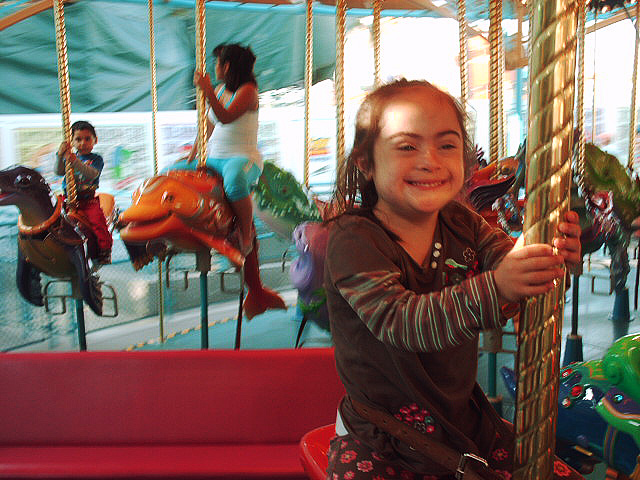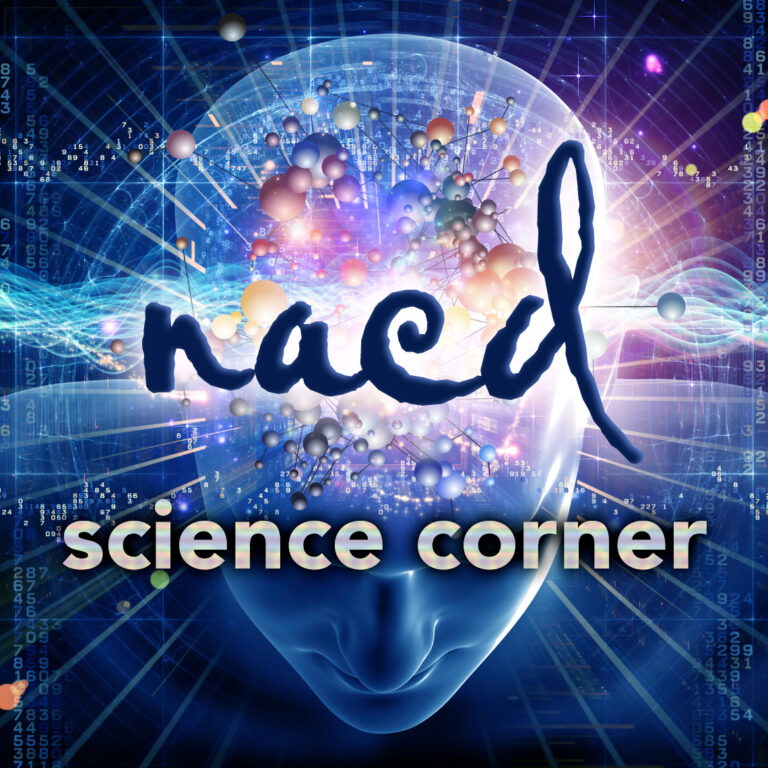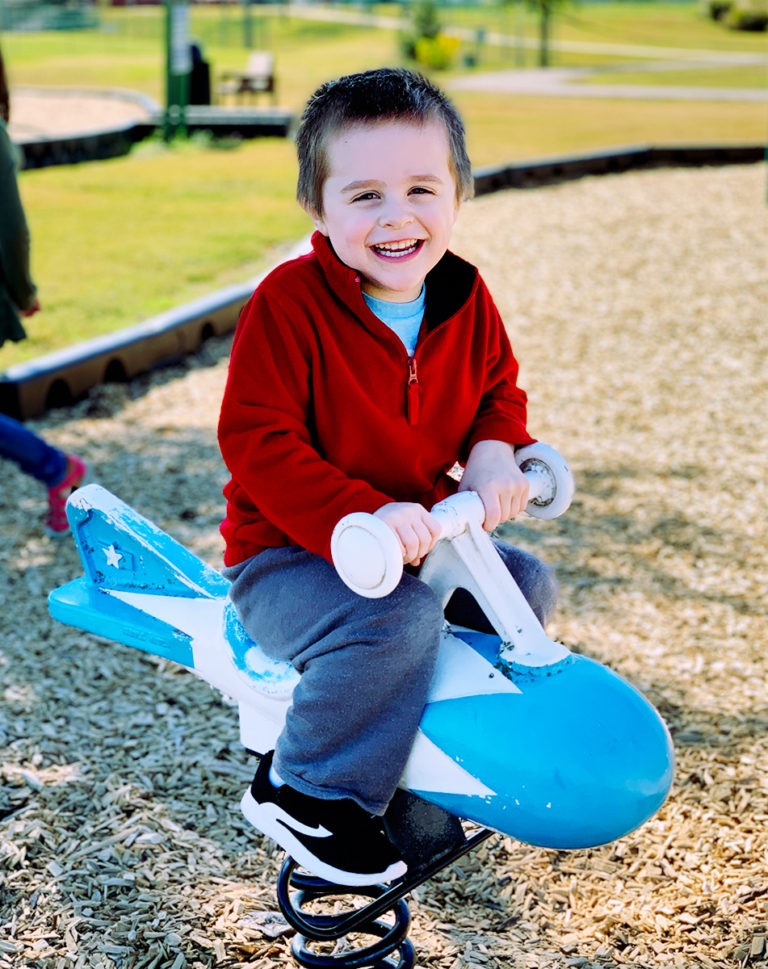Neurological Dysorganization and Antisocial Behavior
Robert J. Doman, M.D.
The NACD Foundation speaks of persons who ineffectively pass through or miss critical developmental brain levels as being neurologically dysorganized. This simply means they have a brain which is inefficient in its ability to receive, process, store and utilize information. Depending upon which level or levels of the brain that are involved, the individual may exhibit a number of problems in areas of learning, socializing and behaving. These inefficiencies of the brain manifest themselves in a large variety of symptoms.
The world unfortunately views each of these many symptoms as isolated entities, and thus over the years an ever enlarging list of labels has emerged. This ever growing and ever changing list of labels applied to children has served only to confuse parents and professionals alike. The end result is either the world accepts the symptomatic label with all of the inherent limitations on the child that the label implies or the world attempts to treat the symptom. Good sense requires that we treat the cause of the problem, in this case, the brain rather than the many symptoms which brain inefficiency can produce. The purpose of this paper is not to detail the nature of NACD’s program but instead to review some of the possible complications of failure to treat the neurologically dysorganized child.
One of the many labels applied to some neurologically dysorganized children is “hyperactive.” In a recently published article a ten year follow up of over 100 such children from upper, middle, and lower classes, in Los Angeles County the author indicated that such “hyperactive” children showed problems which included:
- Short Attention Span
- Low Threshold of Frustration
- Tantrums
- Excessive Motor Activity
- Learning Difficulties
When compared to a control group of matched children not having the label “hyperactive” the ten year study revealed the following:
- Upper class “hyperactive” children were just as likely to have an arrest record as lower class “hyperactive” children.
- Upper class “hyperactive” children had an arrest record which showed they were arrested 20 times more frequently than the matched control group who were not “hyperactive.”
- Twenty five percent of the “hyperactive” group had to be “institutionalized” at an average cost of the tax payers of $25,000 per year because of the problems the hyperactive children have with the law as compared to 1% of the non-hyperactive children.
The solution to juvenile delinquency is not in putting such children away after they have committed a crime but in looking at the cause of the problem. In the case of “hyperactive” children, the cause of the problem is obviously an inefficient brain. Treat the brain with a proper program, appropriate for the individual child as we would with a program at NACD, and thereby prevent the complications which might otherwise result.
Reprinted from the Journal of The NACD Foundation (formerly The National Academy for Child Development)





